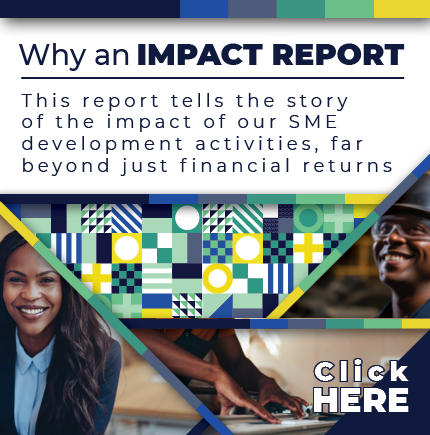As the most significant contributor to a business’s B-BBEE scorecard, it’s no wonder that Enterprise and Supplier Development is high on the agenda of any South African enterprise. More often than not, corporates now require their suppliers to be B-BBEE compliant, and stipulate this requirement in their tendering processes. Supplier compliance is no longer a “nice-to-have”, but an essential box to tick if a business is to reap the benefits of ESD, in terms of both compliance and competitive advantage.
Your Exco may be aware of this, but many Transformation Managers struggle to convince them to commit the ESD budget to initiatives that will help to accomplish these objectives – potentially due to a lack of communication and clarity on the part of the Transformation Manager in convincing the Exco of ESD’s many benefits. Below, we list three of the most common misconceptions, and how to address them appropriately to ensure your ESD strategy gets signed off, first time.
“It’s too risky to work with smaller, less well-established suppliers.”
The assumption that working with smaller, emerging suppliers come with risks to the reliability of the value chain is a common one. Most decision-makers in large enterprises prefer to work with suppliers that have a decent track record and experience in managing large orders and short turnaround times.
It is the Transformation Manager’s mandate to challenge this belief and help the Exco to understand the myriad of advantages that these small suppliers can bring. With the right support, strategic investment and assistance from a reliable ESD supplier, SMEs can add great value to an enterprise. Such suppliers are often more flexible, agile and responsive, able to keep their fingers on the pulse of their customers’ needs and very often more in touch with local markets. In addition, working with SMEs that create employment opportunities and uplift their local communities can only be of benefit to the enterprise’s reputation as a responsible corporate citizen.
It is vital to remember that SMEs are the disruptive competitors of tomorrow, stimulating the economy and preventing complacency in well-established suppliers. In such competitive environments, new products and services are brought to market more quickly, prices are driven down, and innovative collaboration thrives – stimulating a vibrant economy that all South Africans can take part in.
“Who really benefits, the ESD service provider or the SME beneficiary?”
Many Excos are understandably sceptical about enlisting the aid of an ESD service provider and prefer to tackle ESD in-house instead. A common misconception among corporate stakeholders is that the ESD provider executing on the programme absorbs so much of an enterprise’s ESD budget that the intended beneficiary – the growing, black-owned business – rarely sees significant advantage.
While some ESD providers simply pass on the funds (after taking their sizeable cut) to their beneficiaries, many others (like Edge Growth) include value-added business development support to remove stumbling blocks to meaningful growth. For this reason, it isn’t always easy to pinpoint exactly where ESD budgets are going, and who is directly benefitting. There are, however, several indicators that the SME beneficiary is actually reaping the rewards of an open, honest, and well-run ESD programme, that should set Excos’ minds at ease.
- The SME is awarded contracts from the corporate entity which grant them access to the market, often under the direct oversight of the ESD provider
- There is notable revenue growth within the business
- The business has access to growth finance at opportune times
- The SME is able to predictably add employment opportunities to their operations
An ESD provider who is dedicated to accountability and transparency makes it easy for corporates to know how their costings work, and will make the extra effort to provide accurate measurement and reporting throughout the programme duration. At the end of an effective ESD programme, Transformation Managers should have no trouble outlining exactly how budgets were spent, and what effect such expenditure has had on the SME beneficiary.
“Where is the ROI?”
Old models of ESD have given many Excos second thoughts about what value (if any, beyond the additional B-BBEE points) ESD provides to the corporate contributor. It is for this reason that so many see ESD as more of a charitable contribution or worse – an unnecessary tax on the business’s cash-flow. And while they may not be far from the truth when it comes to poorly implemented ESD strategies, those that are done correctly lead to self-sustaining value-generation that sees ESD programmes practically pay for themselves.
New suppliers often offer lower prices in order to break into existing markets, as well as offering more value-added services and a better customer experience. Their ESD partners also have a distinct competitive advantage in the form of exclusive access to new innovations and market-disrupting products being developed.
Driving value in ESD investments requires a delicate balancing act of a business’s social and financial objectives. It is a long-term investment in the development of new markets and new suppliers simultaneously. A Transformation Manager hoping to get their message across to hesitant Excos need to understand their overall business strategy, aligning their ESD proposals with goals such as capacity, reliability, and business continuity, explaining at each step of the way how new SMEs in the supply chain can enhance or even completely revolutionise their business.
Of course, you may need help making your case, as well as the benefits of ESD, to your Executive Committee, but we’re here to help you speak their language.


